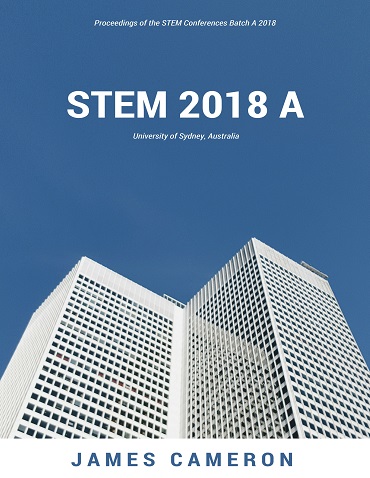- Publication Meta:Value
- Short Title:STEM A 2018
- Publisher:ASDF, India
- ISBN 13:978-81-933584-3-6
- ISBN 10:81-933584-3-0
- Language:English
- Type:Hard Bound - Printed Book
- Copyrights:STEM A Organizers/ DCRC, London, UK
- Editor-in-Chief:Dr James Cameron
- Conference Dates:10 - 12, January 2018
- Venue Country:New South Wales, Australia
- Submitted Papers:589
- Acceptance Rate:8.12%
- Website:www.stemconferences.com
Welcome to ASDF Electronic Digital Library!
StemConferences 2018
StemConferences 2018
International Conference on Architecture and Civil Engineering 2018
Paper 002
An Introspective Discussion on Integrated Rural-Urban Development in India
Abir Bandyopadhyay1
1Professor and Head, Department of Architecture, National Institute of Technology Raipur, India
Abstract
India is a vast country with an area of about 3.288 million Km2 with a population of about 1.221 billion as per Census 2011 which included 0.37 billion urban population and 0.83 billion rural population. As compared to the previous census record of 2001, the urban population has increased 9.1% whereas the rural population has decreased by 9.0%. The Government of India, in various periods of times, have implemented various policies to curb the rural urban migration. The most common of these are: (i) Formation of National Capital Region (NCR), 1992; (ii) Provision of Urban Amenities to Rural Areas (PURA), 2003 and (iii) ‘Shyama Prasad Mukherji Rurban Mission’ (SPMRM), 2016. The present paper focuses on the aspects of these three schemes analysing the SPMRM scheme from a critic's point of view and discusses about its future outcome.
Keywords
Author's Profile
Author profile can be generated and linked through our partners World Book of Researchers. To include your profile online Click Here. After it is approved, please email to edlib @ asdf.res.in to create a link with all the papers.
e-AID
StemConferences.2018.002
Cite this Article as Follows
Abir Bandyopadhyay. An Introspective Discussion on Integrated Rural-Urban Development in India. International Conference on Architecture and Civil Engineering (2018): 01. Print.
© 2010 - by EDLIB .
All Rights Reserved.

